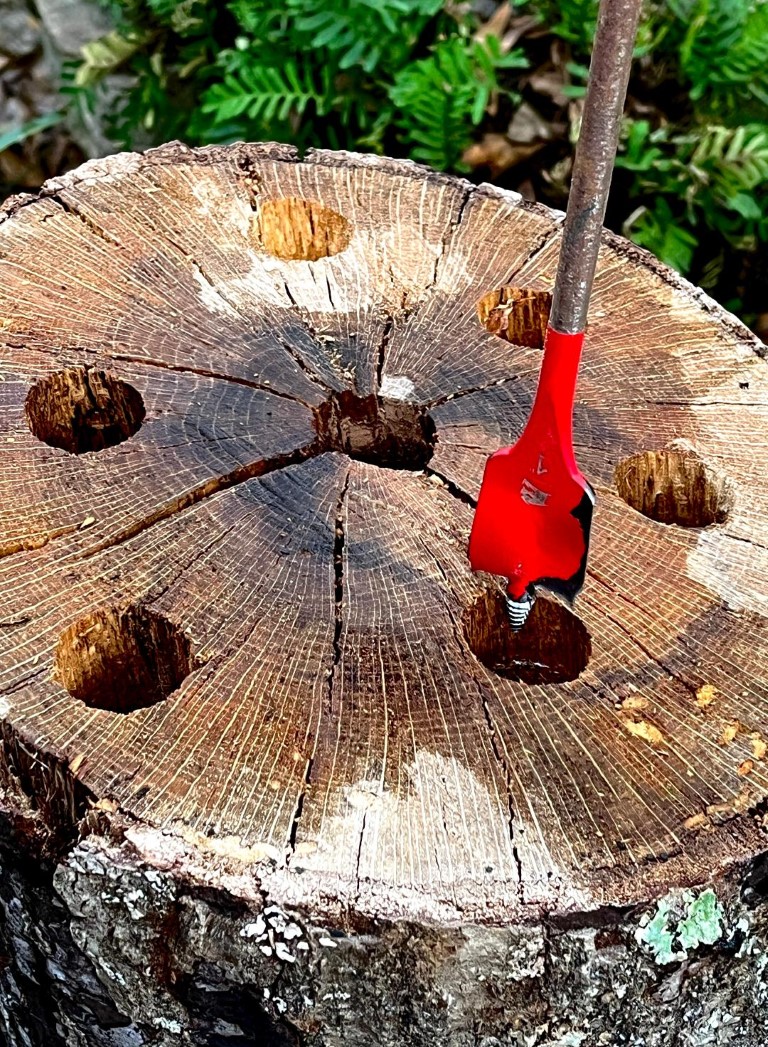Perfect lawns aren’t bad, but shouldn’t be the norm
Published 9:17 pm Sunday, October 1, 2023
Lawns are in dire straits from a cumulative effect of back to back unfavorable weather and the inability or unwillingness of most folks to do what it takes to help their lawns survive. In my neighborhood, where it was over 100 for weeks with no real rainfall for months, it seems, as a friend put it, “like we’re walking on dried cornflakes.” Entire swaths of grass sprigs are so devoid of carbohydrate reserves they are unlikely to sprout back out even if favorable weather returns. I chatted about this with Jay McCurdy, MSU Extension Turf Specialist, seeking advice for what folks can do, and he basically said “Water.” Maybe fertilize, though it’s way past the recommended last call for it. Think about pre-emerge herbicides while the grass is too thin to shade them out. Do better next year. He is of course right, but most of my neighbors won’t do any of that, hoping instead for a horticultural deus ex machina will come along and save their lawns. But what if it doesn’t? Do we continue to beat ourselves up over bad looking lawns? I am of two minds about this. On one hand, I was raised in the 1950s and 60s when synthetic lawn care products just started becoming widely available, with the new notion that a lawn – a regularly-shorn artificial prairie of mostly Asian grasses – could be more uniform. Choose your preferred type of grass and keep it close to uniform perfection with hard work, mowing right with expensive equipment, regular deep soakings, timely applications of fertilizer, and herbicides as needed. Before college I worked at a local garden center where we sold literally tons of newfangled synthetic lawn fertilizers and weed killers, and paid for advertisements telling everyone that if you didn’t fall into line you must be a bad person. Certainly a bad neighbor. I bought into it. On the other hand, my dad was raised in the mow-what-grows era, in which clover, dandelions, henbit, lawn asters, ground ivy, lespedeza, Virginia buttonweed, oxalis, and even stickers were just part of the horizontal tapestry. As long as it was cut regularly, it worked. And looked fine because that’s what everyone had. I had to endure my dad’s taunting when he found out I was studying turf management at MSU. He thought the only place where turf perfection was appropriate was on a golf course or other athletic field. And when I got home from college on the weekends, I couldn’t party with my friends til I finished mowing dad’s weeds. Interestingly, this bad lawn year has opened an opportunity. There is a national movement towards what some folks called a “meadow lawn” – which I reject because I love wildflower meadows, and they most certainly are not lawns. I believe what folks are yearning for is acceptance of what I call a “flower lawn” that at a glance actually looks like a lawn. Mostly grass with a mixture of the very low-growing, easily mow-able wildflowers I mowed as a kid plus a few clumps of little winter and spring bulbs. Not saying that perfect lawns are bad, but they certainly shouldn’t be the societal norm in this changing climate and era of ecological awareness. My compromise is an edged putting green throw-rug of perfection that shines like a gem, amidst a larger, occasionally mowed lawn of low-growing pollinator-friendly plants that can also be celebrated. Can’t do your lawn right? Time to sow some white clover seeds. Then mow what grows. Felder Rushing is a Mississippi author, columnist, and host of the “Gestalt Gardener” on MPB Think Radio. Email gardening questions to rushingfelder@yahoo.com |






